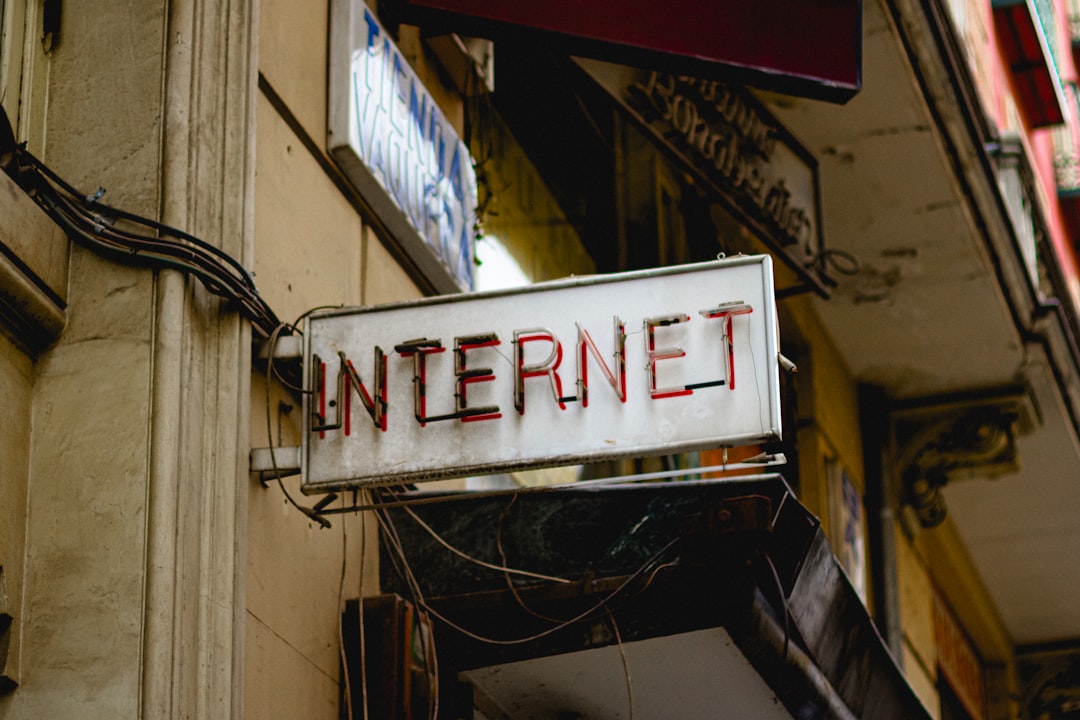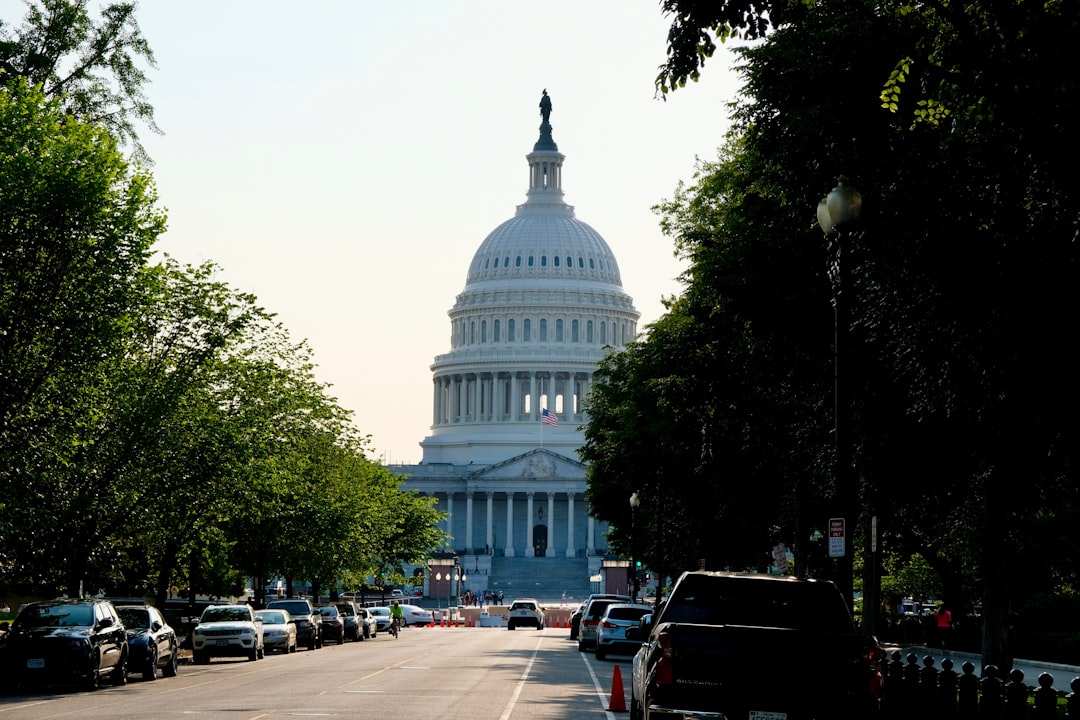In an effort to bolster domestic manufacturing, President Donald Trump has threatened to impose a formidable 25% tariff on Apple products. This potential trade measure is part of a broader strategy to compel the tech giant to relocate its iPhone production lines from overseas locations, primarily China, back to the United States. The implication is vast, potentially impacting not only Apple’s supply chain but also the broader tech industry and international trade relations.
## The Economic Imperative
The intention behind Trump’s warning is distinct: revitalizing American manufacturing by bringing high-value jobs back to the country, thereby boosting the domestic economy. This approach aligns with Trump’s longstanding economic policy which has focused on renegotiating trade deals and reshaping international economic relationships to favor U.S. interests. The manufacturing of iPhones in the U.S. could potentially create thousands of jobs and stimulate economic growth. Moreover, it could serve as a symbolic win in the broader context of trade disputes, particularly with China, which has been a significant player in iPhone assembly and production.
## The Global Manufacturing Complex
Apple, one of the world’s leading technology companies, relies on a complex and sprawling global supply chain. Manufacturing operations are predominantly stationed in China due to cost efficiencies, advanced manufacturing competencies, and logistical factors within the region. Transitioning iPhone production to the U.S. would require a complete reevaluation of these elements. Apple would face significantly higher production costs due to American labor wages, and the potential disruption in its finely-tuned supply chain might impact product availability and launch schedules, potentially affecting global markets and consumer pricing strategies.
## Historical Perspective
The concept of moving manufacturing back to the United States is not novel. It harkens back to the early days of industrial policy and wartime production strategies. Traditionally, the U.S. has seen economic cycles where outsourcing was initially embraced for economic efficiency, followed by periods of retrenchment where policies sought to bring jobs back home. These cycles underscore an ongoing struggle between cost savings and domestic economic health, a dilemma that modern leaders continue to grapple with in various industries.
## Industry Implications
Should Trump pursue this tariff, the ramifications could be widespread. Other tech companies could also be caught in the crossfire of escalating trade tensions, as retaliatory measures and protective tariffs might emerge globally. The tech industry, which thrives on innovation, collaboration, and geographical manufacturing advantages, could face disruptions that stunt its dynamic growth.
## The Potential for Strategic Shift
While the proposed tariff is primarily aimed at relocating iPhone manufacturing, the broader strategy extends to reshaping the landscape of American manufacturing at large. This could incentivize industry players to explore alternative solutions such as automatization of manufacturing processes in the U.S. or leveraging tax advantages to offset increased labor costs. Companies might also accelerate investments into U.S.-based supply chains to mitigate risks associated with geopolitical uncertainties.
## A Complex Negotiation Landscape
Balancing between economic nationalism and global trade benefits is intricate. The decision would weigh heavily on market analysts, corporate strategists, and policymakers who must consider the long-term implications on global trade relations and domestic economic health. The move would also require collaboration across industry and government sectors to ensure that creating such manufacturing infrastructure aligns with sustainability and profitability goals.
## Conclusion
This development underscores an evolving narrative in international trade policy and economic nationalism. If enacted, Trump’s tariff threat could substantially alter manufacturing paradigms and the operational strategies of not just Apple, but potentially myriad tech companies worldwide. It emphasizes a pivotal moment where strategic decisions could redefine manufacturing landscapes for years to come, urging a reevaluation of global manufacturing dependencies and the importance of resilient and flexible supply chains in a rapidly changing world economy.
Big Tech News
Trump threatens Apple
















Leave a Reply